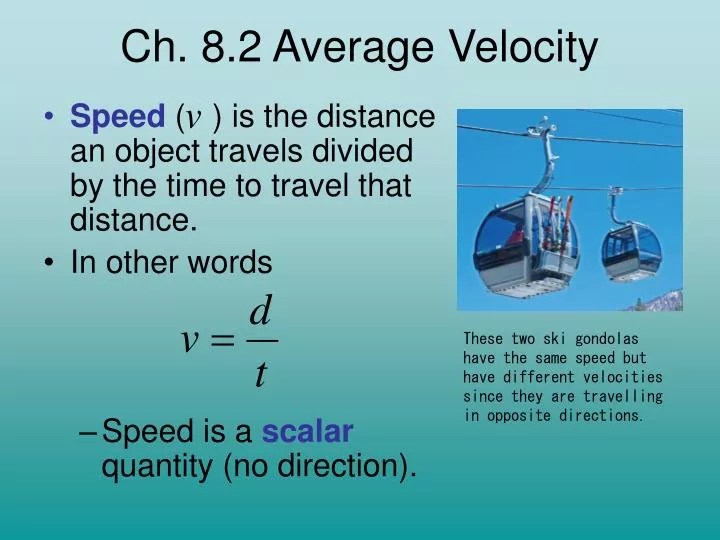Aavg = δv / δt. We identified it from honorable source.
Equation For Average Velocity Physics. Average the two, and then multiply that times the time that goes by. Average velocity = (include units) a particle moves in a straight line and has acceleration given by a(t) =18t+4.
 An Angular Velocity Problem YouTube From youtube.com
An Angular Velocity Problem YouTube From youtube.com
Physics basically describes the relationship between speed, velocity, force, and acceleration. We identified it from honorable source. To calculate the average velocity, we need to divide the total displacement by the total time elapsed as follows:
An Angular Velocity Problem YouTube
Average velocity is defined as the total displacement travelled by the body in time t. You divide that by 2. With these concepts, you can solve every easy or difficult problem of physics. Average acceleration is the final velocity minus the initial velocity per time taken.
 Source: youtube.com
Source: youtube.com
The average velocity is denoted by v av and can be determined using the following formula: V ¯ = average velocity. The sum of the initial and final velocity is divided by 2 to find the average. Where d is the displacement and t is the time taken for that displacement. The second method is by using the formula known.
 Source: slideshare.net
Source: slideshare.net
Physics basically describes the relationship between speed, velocity, force, and acceleration. Where δv is the average velocity, δx is the displacement, δt is the total time, x f and x 0 are the initial and final positions, t f and t 0 are the starting and ending times. We acknowledge this kind of equation for average velocity graphic could possibly.
 Source: slideshare.net
Source: slideshare.net
The average velocity is denoted by v av and can be determined using the following formula: As this time interval is tending towards zero, the displacement also approaches zero. The sum of the initial and final velocity is divided by 2 to find the average. You have to memorize the average speed formula and velocity formula for solving the problems..
 Source: study.com
Source: study.com
Where d is the displacement and t is the time taken for that displacement. V av = (u + v)/2. To calculate the average velocity, we need to divide the total displacement by the total time elapsed as follows: Va = [ (y0+δy) −y0)/ δ t] where y0 is the position of an object at time t and (y0+δy) is.
 Source: wikihow.com
Source: wikihow.com
The average velocity is denoted by v av and can be determined using the following formula: Average the two, and then multiply that times the time that goes by. An example of velocity is a car driving at 75 miles per hour. For a short interval of time, the average velocity can be calculated as follows: $$\large\frac{v_f + v_i}{2} =.
 Source: youtube.com
Source: youtube.com
Average acceleration is the final velocity minus the initial velocity per time taken. Average velocity equation = v = (vf + vi)/2. Physics basically describes the relationship between speed, velocity, force, and acceleration. For a short interval of time, the average velocity can be calculated as follows: The average velocity is denoted by v av and can be determined using.
 Source: slideserve.com
Source: slideserve.com
V av = (u + v)/2. The second method is by using the formula known as average velocity equation. Your average velocity is 9 meters per second, if you take the average of 13 and 5. Acceleration is the rate of change for velocity, that is, change in velocity over a specified period of time. The average velocity is denoted.





